Conjoined But Unstoppable: The Hensel Twins’ Inspiring Life Journey In One Body
Individual People Yet Connected
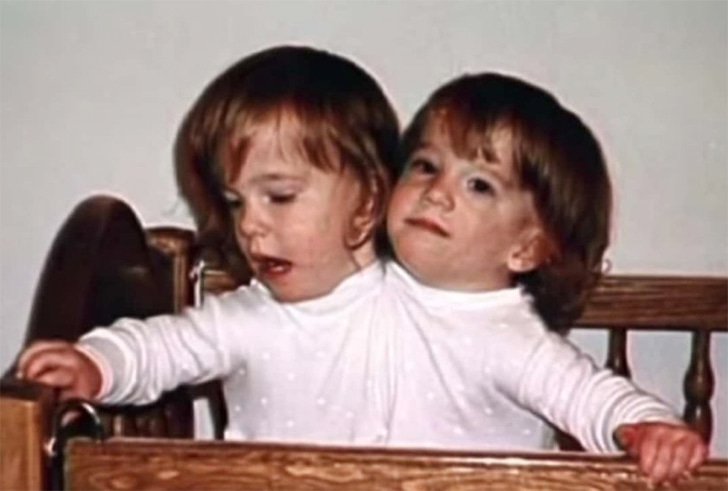 x
x
The Hensel Twins, Abby and Brittany, are unique medical marvels, especially as they remain distinctive individuals. Despite their unique situation and the associated challenges, they lead vibrant, fulfilling lives. Their shared body has double the organs in the upper half—two hearts, two stomachs, and four lungs. But their lower half is shared.
Each twin controls her half of the body, offering a sense of independence. But they must collaborate on even the littlest tasks. Their extraordinary condition piques people’s curiosity, often leading to questions about their private lives, like dating or personal hygiene. However, these brave girls live fully despite their distinctive circumstances.
Next: Overcoming challenges for a normal childhood.
The Remarkable Hensel Twins
Abby and Brittany are two individuals who share one body, proving that anything is achievable. They were born with a rare dicephalic parapagus, which usually has low survival rates. However, these sisters have gone beyond expectations and flourished. They’re the second known case of dicephalic parapagus twins to live into adulthood.
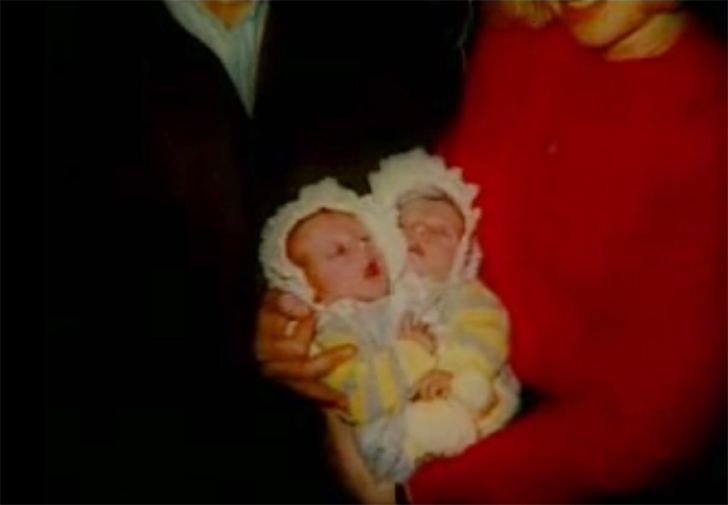
Conjoined twins are unusual, happening only once in every 189,000 births, as estimated. But Abby and Brittany’s survival and successful lives are proof of their incredible toughness and determination. They’re not just existing but truly living, demonstrating the power of resilience.
Next: Unusual birth, extraordinary life, unforgettable legacy.
Chang and Eng: The First Famous Conjoined Twins
Chang and Eng Bunker, from Siam (now Thailand), are the first famous conjoined twins, defying all odds. The Children’s Hospital of Philadelphia says that one in 50,000 to 60,000 births result in conjoined twins, predominantly females, but most are stillborn. Yet, the Bunker twins thrived.
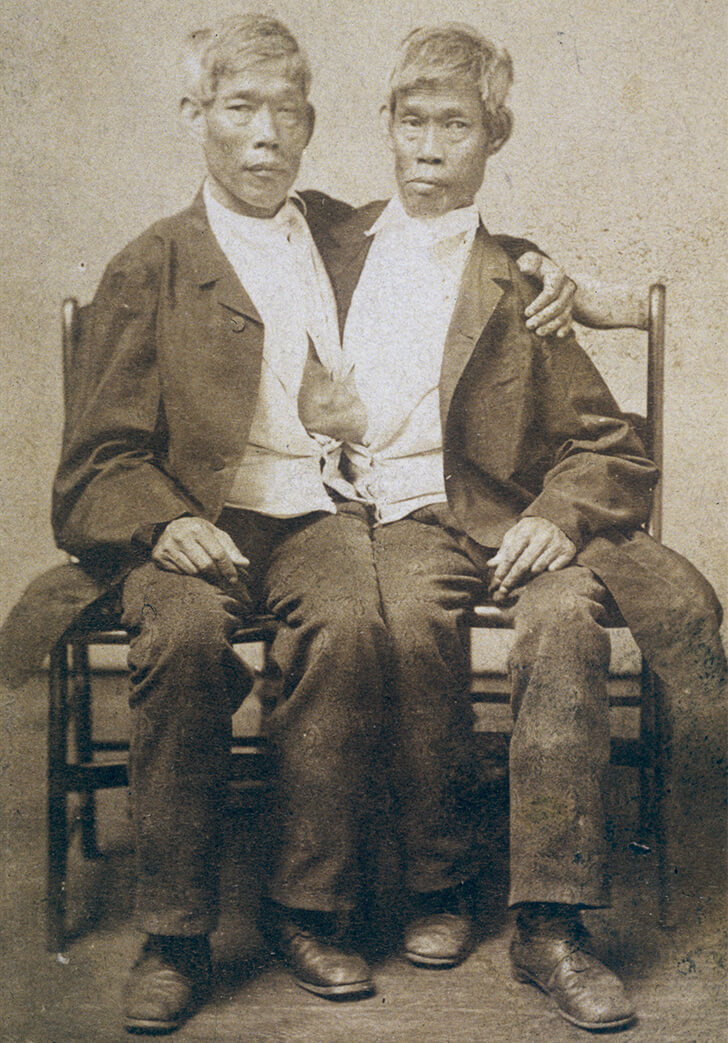
Their unique condition and popularity had them termed “Siamese Twins” in America, which conjoined twins later replaced. As farmers, they led ordinary lives, married two sisters, and became fathers to many children. They toured the world for exhibitions, fascinating many. Their lives ended in 1875 when Chang died, with Eng following just three hours later.
Next: Against all odds, the Hensels’ fight begins.
The Hensel Twins: Born Fighters
Imagine having your sibling constantly by your side. For Abby and Brittany, this is their everyday life. Doctors revealed their rare condition to their parents upon their birth, noting that many conjoined twins don’t survive. But Abby and Brittany were different; they were fighters from the start, immediately demonstrating remarkable strength despite their unique challenges.

Being in special care, surrounded by medical equipment and tubes, was undoubtedly difficult for their parents to witness. But these steps were crucial for their survival. As the whole community breathed and prayed, the newborn twins began their extraordinary journey.
Next: A unique bond that sparks curiosity.
Individual People Yet Connected
The Hensel Twins, Abby and Brittany, are unique medical marvels, especially as they remain distinctive individuals. Despite their unique situation and the associated challenges, they lead vibrant, fulfilling lives. Their shared body has double the organs in the upper half—two hearts, two stomachs, and four lungs. But their lower half is shared.

x
Each twin controls her half of the body, offering a sense of independence. But they must collaborate on even the littlest tasks. Their extraordinary condition piques people’s curiosity, often leading to questions about their private lives, like dating or personal hygiene. However, these brave girls live fully despite their distinctive circumstances.
Next: Overcoming challenges for a normal childhood.
No Plans To Be Anyone’s Lab Rats
Conjoined twins have been separated before, living independent lives. But for Abby and Brittany, separation wasn’t an option due to their shared vital organs and unique anatomy. Both the doctors and parents unanimously ruled out this risky procedure to preserve the girls’ lives.
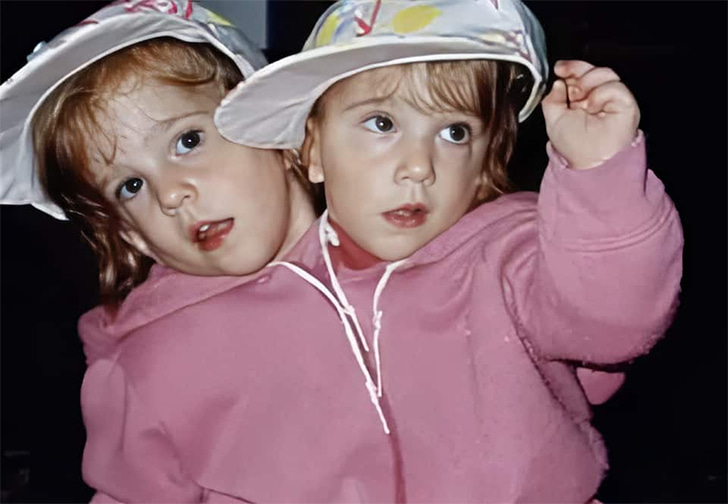
Despite this resolution, some medical professionals persistently approached the family, proposing to use the Hensel sisters for medical research. However, their parents stood their ground, adamantly declining these offers. Their goal was for their daughters to have a childhood as typical as possible despite their challenges, resisting any attempt to disrupt it.
Next: Ordinary family life but extraordinary aspirations.
Their Supportive Family Bond
Abby and Brittany were raised in a close, loving family in Minnesota. Their mother, Patty, a dedicated registered nurse, and their father, Mike, a skilled carpenter, provided a warm home. After the twins, they welcomed two more children, Morgan and Dakota, completing their joyful family of six.
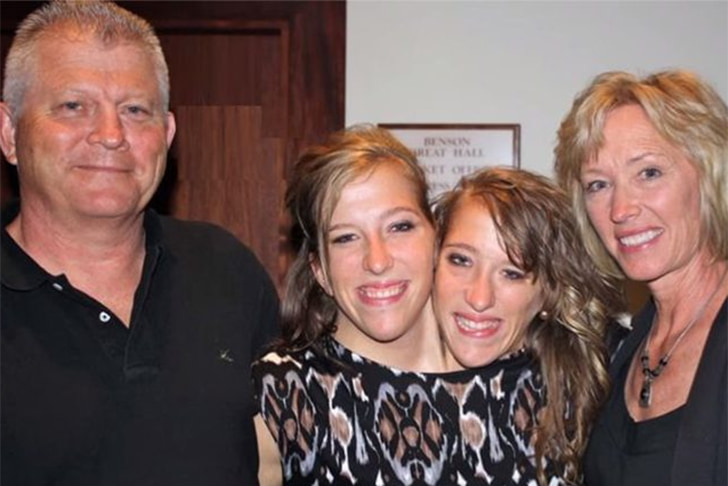
Morgan and Dakota did not share their older sisters’ unique condition to satisfy common curiosity. The twins’ happy upbringing has instilled in them a desire to have their own family someday. Through the love and support they received, they grew up with aspirations for a similarly loving family life.
Next: Unique challenges and creative fashion solutions.
Similar But Distinct, It’s a Conundrum
Despite being identical conjoined twins, Abby and Brittany grew up with distinctive personalities and traits. Often mistaken for a single individual, their developmental differences posed unique challenges, particularly in finding suitable clothing. Abby developed faster and became taller than Brittany, and they both had different fashion preferences.
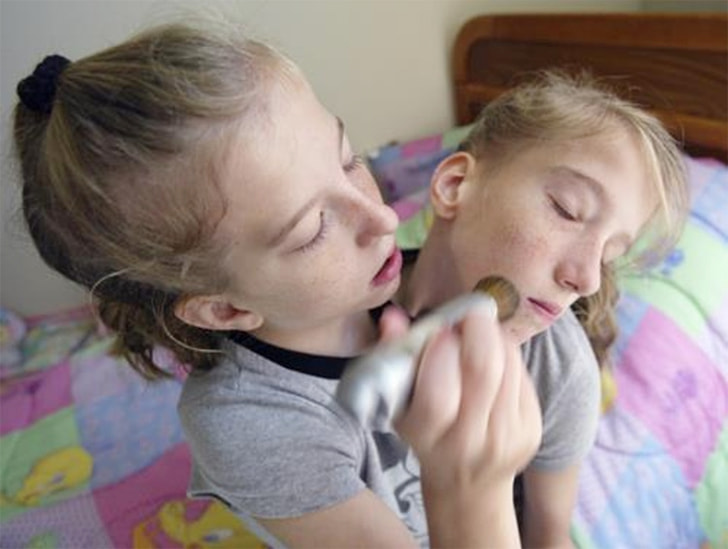
No mainstream clothing brand catered to their unique needs, so they sought the help of a skilled seamstress. The tailor would custom-make their outfits, letting the twins express their individual styles. Growing up, they not only embraced their unique condition but also found ways to celebrate their differences.
Next: Hospital visits and overcoming hurdles.
Growth Challenges
Teenage growth pains take on a new meaning for Abby and Brittany. Brittany’s growth halted at 12, while Abby kept growing, posing potential mobility issues. These challenges required tough decisions and medical intervention. The girls’ parents and doctors agreed Abby needed surgery to stop her growth and reduce scoliosis risks—a condition causing excessive spine curvature.
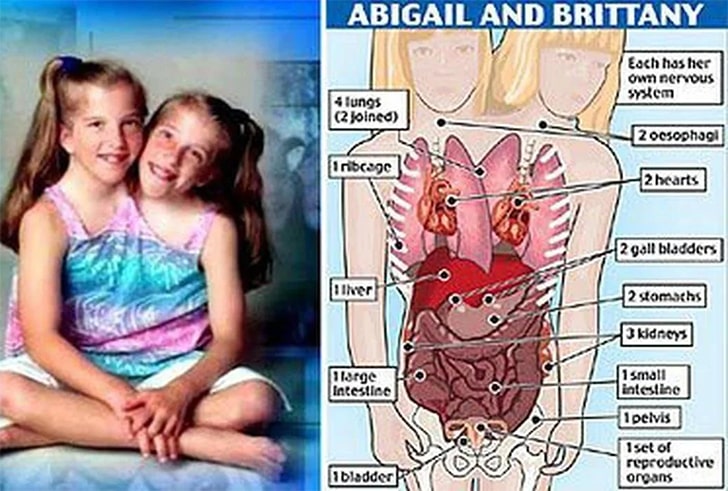
These measures were crucial to prevent further functional problems. Thankfully, the surgery improved the twins’ quality of life, enabling them to move a bit easier. Abby and Brittany’s resilience shone through as they navigated these significant obstacles.
Next: Mastering movements, one step at a time.
Perfecting the Coordination Dance
Navigating daily tasks for the conjoined twins meant mastering a well-coordinated dance. As they transitioned into adolescence, Abby’s increased height compared to Brittany’s posed new challenges. Abby had to walk with flat feet while Brittany tiptoed to balance their height difference.

Remarkably, the twins willed themselves to conquer fundamental tasks like crawling, walking, standing, and even running, an inspiring testament to their determination. They initially had a third arm, which could hinder movement. To improve their mobility, their parents decided on surgical removal. This crucial decision greatly enhanced their quality of life, reflecting their parents’ continuous supportive role.
Next: Same body, different experiences.

You must be logged in to post a comment Login